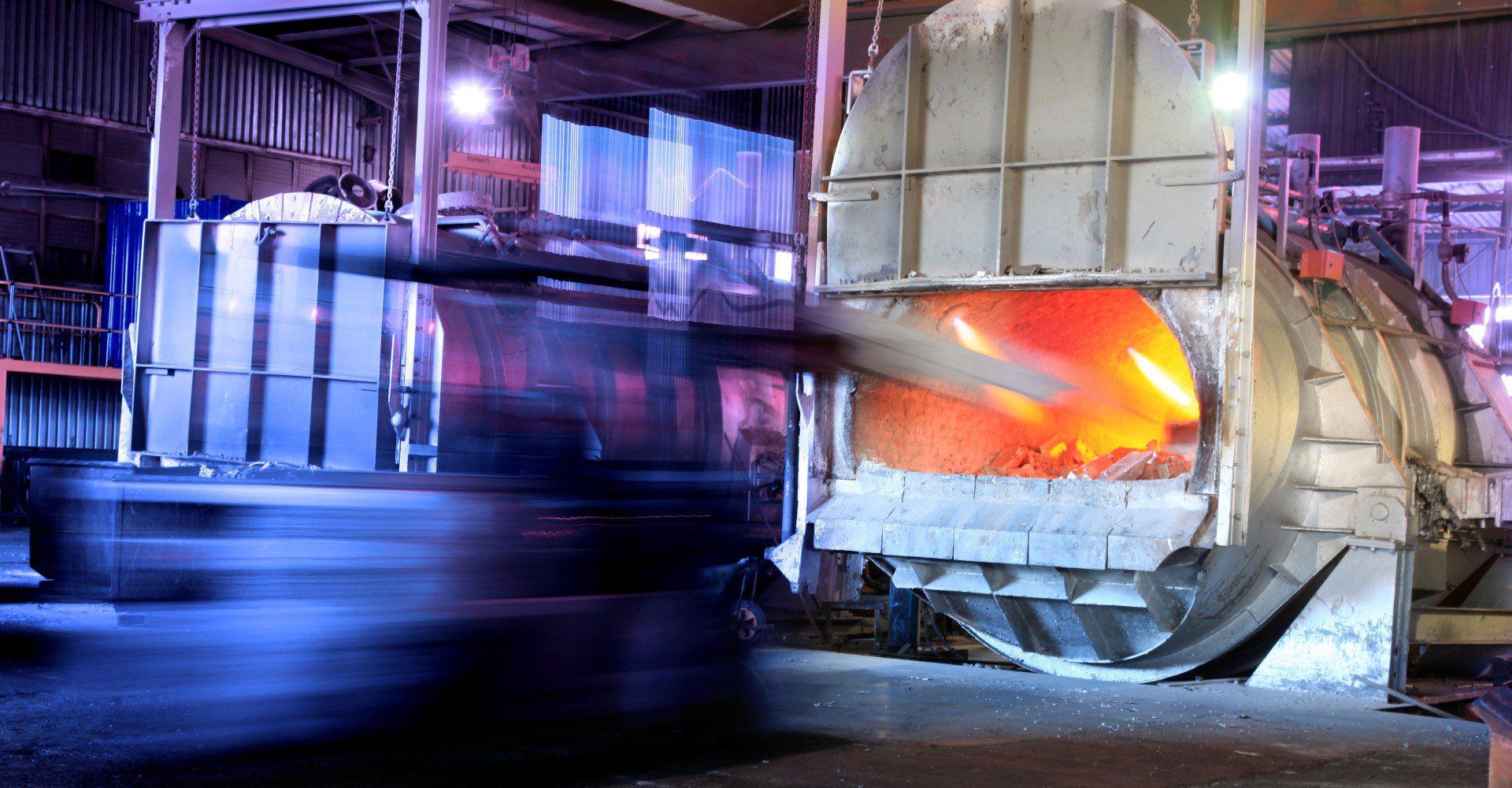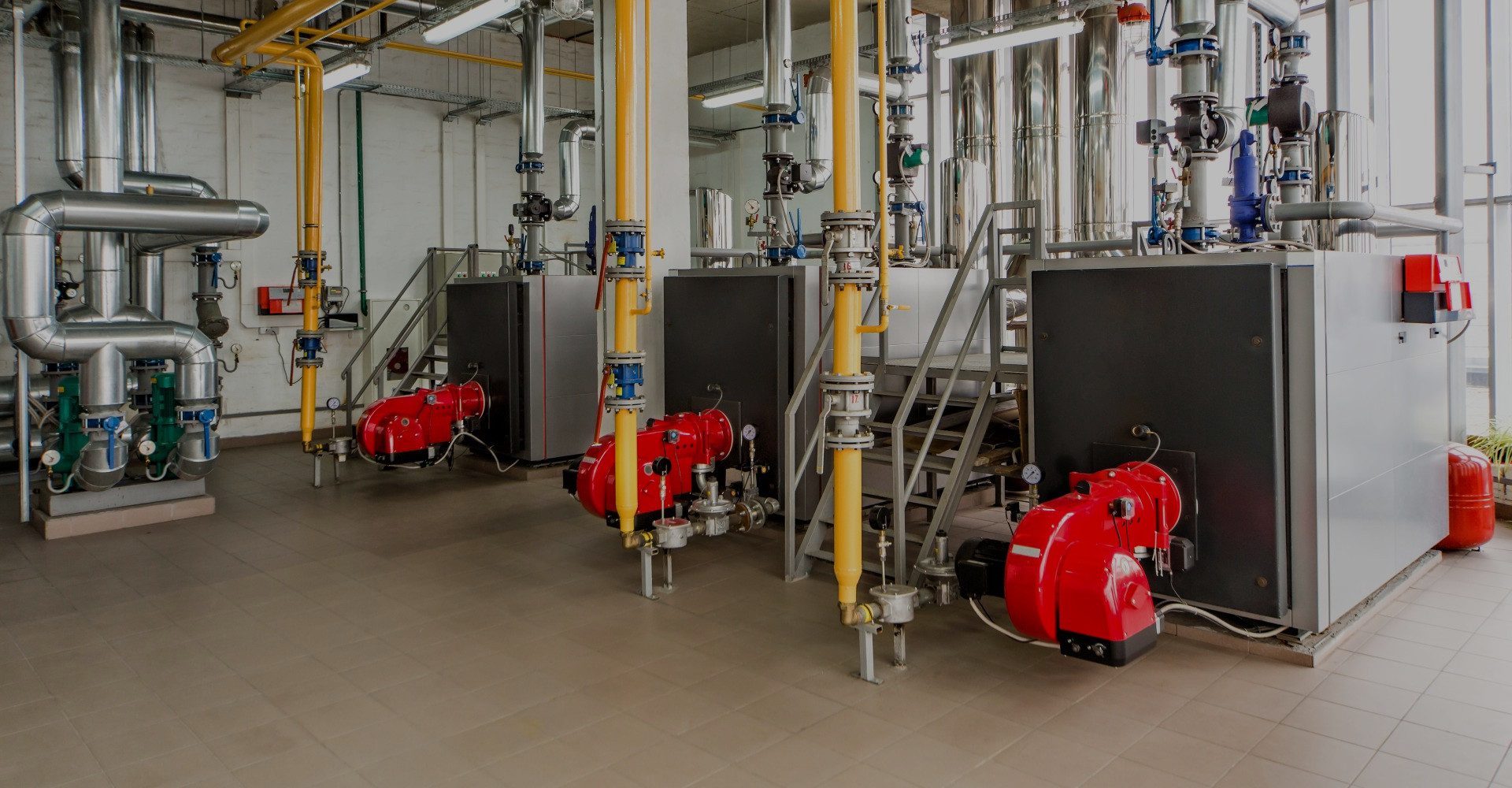Industrial burners are used for heating, melting, manufacturing, and steam production. They can also be used for other industrial processes that require heat. Contrary to popular belief, burners are not the same as boilers. To better understand industrial burners, how they work, and their vital components, continue reading below. Selecting the best burner is vital to an effective manufacturing process, and some choices can even make your burners environmentally friendly.
Understanding Industrial Burners
There are complex processes that take place inside industrial burners. Burners are used to mix oxygen with fuel in order to produce controlled combustion. The fuel is inserted into the system using a burner tip, which is crucial to the heating process. The burner then produces a specific flame and heat-release pattern, which can be controlled inside the combustion chamber.
As mentioned, industrial burners can be used for melting, manufacturing, and steam production processes. There are a variety of different burner types used in both residential and commercial applications. The most common burners are:
- Cold air burners: Burners that are often found on residential devices like gas ranges and furnaces.
- Hot air burners: Types of burners that preheat incoming air using a central heat-exchanger device.
- Regenerative burners: Burners that use a pair of burners to alternate between firing and exhausting, preheating a regenerative heat exchanger box to create hotter preheated air.
- Oxy-fuel burners: Type of burner that uses pure oxygen to burn with fuel instead of combustion air.
Industrial burners have other distinguishing features, such as varying velocity flames. Burner results depend on the burner velocity. For shorter, more intense flames, high-velocity burners are used. Alternatively, low-velocity burners produce lazier flames. In situations where melting is the goal, medium-velocity flames are preferred because they make a uniform flame that drives heat to metal effectively.
Industry Applications of Industrial Burners
Of course, with so many different types of industrial burners, selecting the best burner for your industry is crucial. Burners allow manufacturing facilities to keep an open, controlled flame for several different applications. Most are used for heating purposes, to generate steam, or provide thermal energy. Other times, burners are used in the manufacturing process.
Industrial burners can also be used for:
- Providing heat to boiler systems
- Welding
- Heating liquids/fluids
- Creating chemical reactions
- Melting metals
- Recycling
- Glass blowing
To fully understand industrial burners, it’s vital to know what they are used for in industrial settings. With different burner types and flame velocities, manufacturing facilities can take advantage of industrial burners to help with their specific processes and needs.

Selecting the Best Burner
With so many different industrial burners to choose from, making the right choice can be complicated. You want to ensure you’re making the best decision since industrial burners are a significant investment. Not to mention, they are a crucial part of your manufacturing processes. Staying informed and up to date on the most recent advancements is vital to selecting the best burner for your needs.
While it can seem complicated to choose the right burner, there are some essential factors to consider. The following variables will help you make the best choice.
Capacity
Burner capacity is an essential factor to research when buying an industrial burner. Burner capacity is the minimum and maximum British thermal units (BTUs) that can be released with adequate combustion and a stable flame in place. It can be thought of as your highest and lowest firing ranges.
To decide on the best burner capacity, consider what function and process your burner serves. You will need enough power to get your job done. It’s better to overcompensate on burner capacity if you aren’t sure, or if you plan on scaling your production in the future.
Turndown
Turndown is another crucial component of burner function. Turndown performance is measured as the maximum to minimum capacity ratio, determining the burner’s ability to handle various workload sizes. Turndown isn’t very large for most applications and should be equal to or larger than the required turndown for your specific processes.
Flame Geometry
Flame geometry relates to the size of the burner flame, which can’t be too long or too short. Like the variables listed above, finding the proper flame geometry means locating the best spot in the middle that will serve all your burner applications. Cross velocities will affect flame lighting and stability, and back pressures affect gas or airflow. Both these factors will affect your flame geometry.
Temperature
Another factor that can help you select the best burner is temperature. Again, you’ll need to meet your needs in the middle to choose the best temperature. Depending on your application, you’ll need a specific temperature. Industrial burners come down to two temperature types:
- High-temperature: operate above 1000°F
- Low-temperature: operate below 1000°F
Mounting
There are two different types of mounting available for industrial burners. The mount will affect the ease of access, cross velocities, and burner maintenance. If you already know you’ll have to perform regular maintenance for your specific burner application, then the wall-mounted option is probably best. When you select a burner, you will have to choose between the two different mounts:
- Wall-mounted burners: Make access easier, but they can be affected by cross velocities.
- In-duct burners: Exist inside the duct, making them more challenging to access but less likely to be affected by cross velocities.
Ignition
Finally, how your industrial burner is lit will help you narrow down your industrial burner choices. Burners are either ignited by a direct spark or a pilot. Direct spark produces carbon, so if that will be an issue for your manufacturing process, then a pilot ignition is best.
Industrial Burner Performance and Fuel Tips
Burner fuel tips are a crucial part of industrial burner performance. They control the fuel injection into the burner, so if they aren’t working properly, they can cause many issues and even jeopardize safety. If you’re having problems with your industrial burner, it could be related to the fuel tips.
If you want your industrial burner to continue working correctly, then it’s vital to stay on top of any burner tip issues. If the fuel tips aren’t correctly installed, designed, or maintained, problems can occur. Some common issues seen include:
- Improper heat transfer
- Difficulty lighting burners
- Flame-to-flame interaction
- High pollution emissions
- Flame impingement on process tubes
- Unstable flames or flame pulsations
When you experience burner fuel tip issues like the ones listed above, it’s essential to fix the problem right away so your burner can continue operating safely and efficiently.
Helping the Environment With Burner Valves
Fuel tips aren’t the only component of industrial burners that matter. Burner valves also play a vital role in a burner’s function, and burners with efficient production and low emissions can make your manufacturing more earth-friendly. If you’ve been wondering how to make your industrial process healthier for the environment, you’ll want to choose suitable burner valves.
Honeywell offers eco-friendly burner valves that manufacturers can utilize to be more green. With intelligent technology and shut-off features, you can operate efficiently with sustainable practices. Making Honeywell burner valves a part of your equation means creating a healthier manufacturing industry overall.
Utilizing Industrial Burners in Manufacturing Today
Lindberg Process understands how crucial it is to find the right burner for your specific manufacturing needs, which is why we’re proud to work with a variety of notable industrial machine manufacturers. We can help you identify the right burner for your needs, whether you work in the power, industrial, or mining field. Contact us today to get started selecting your next burner.





